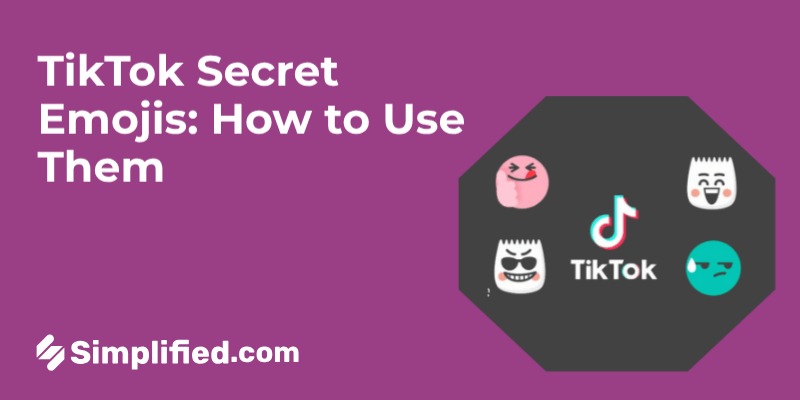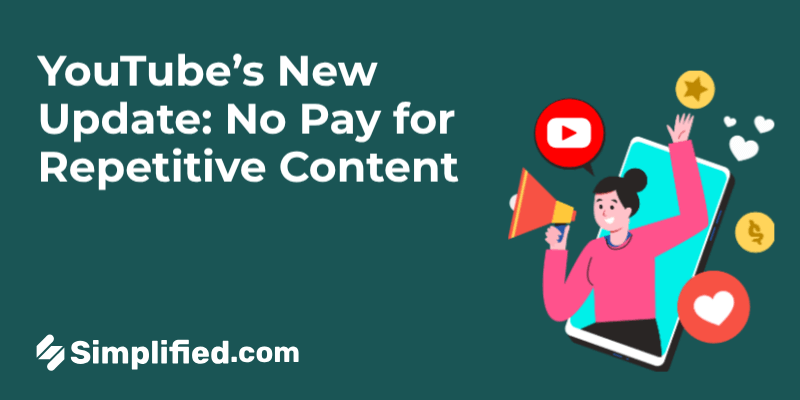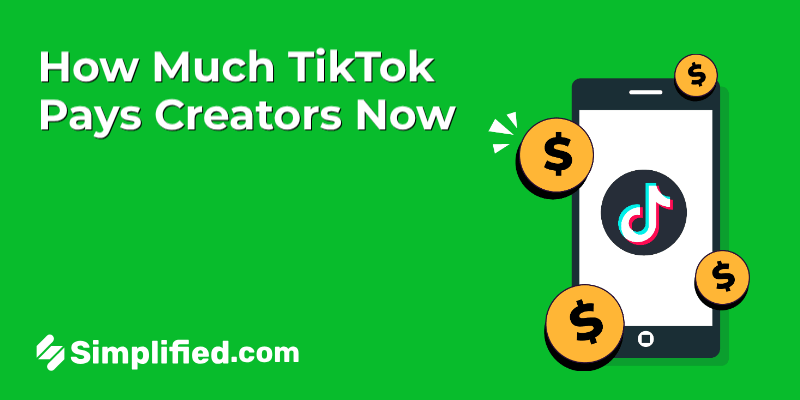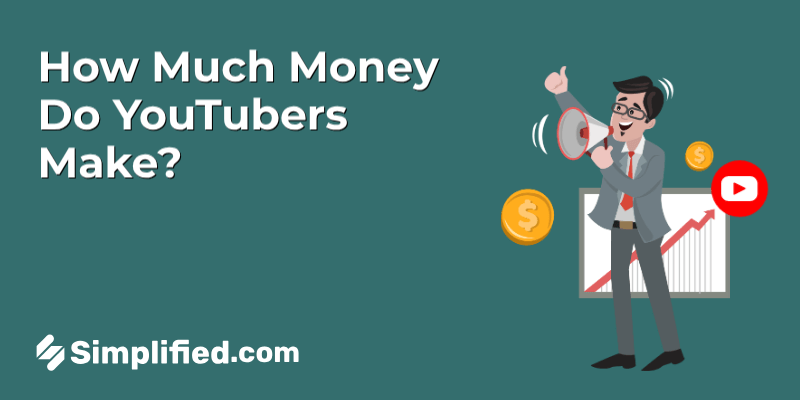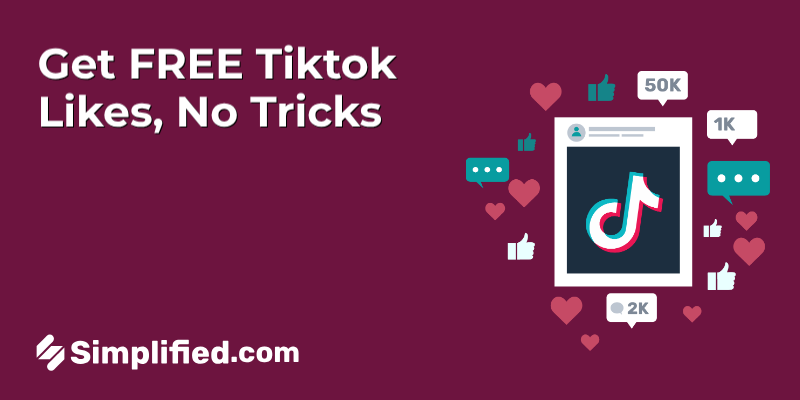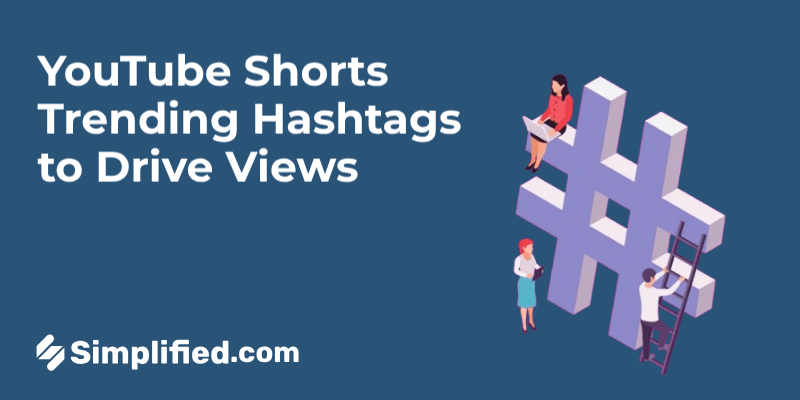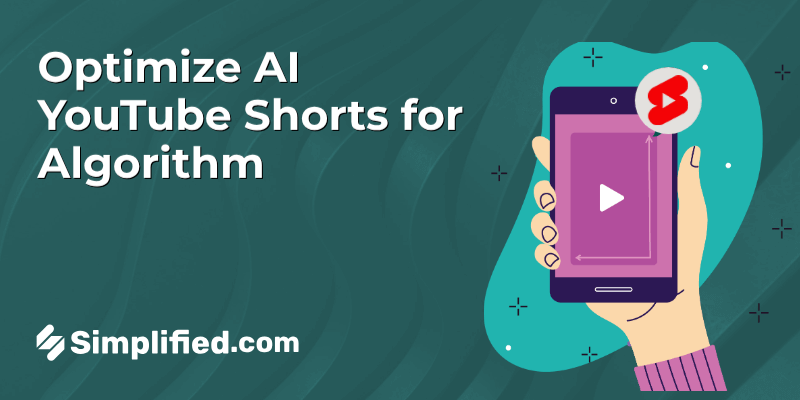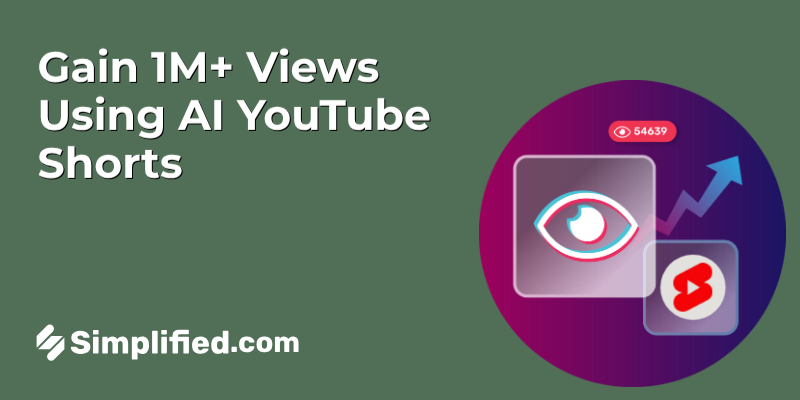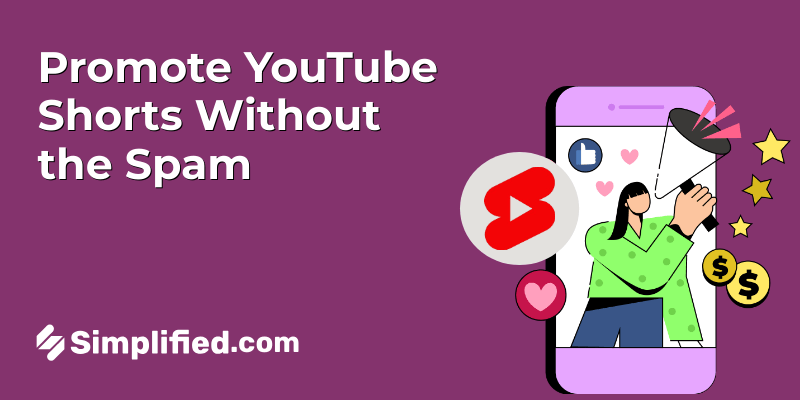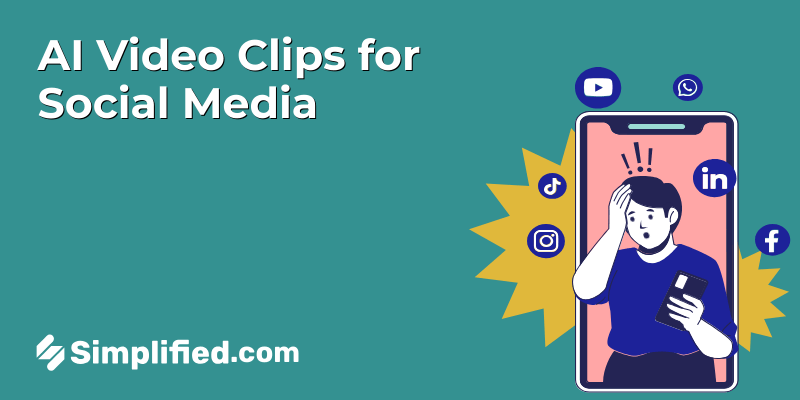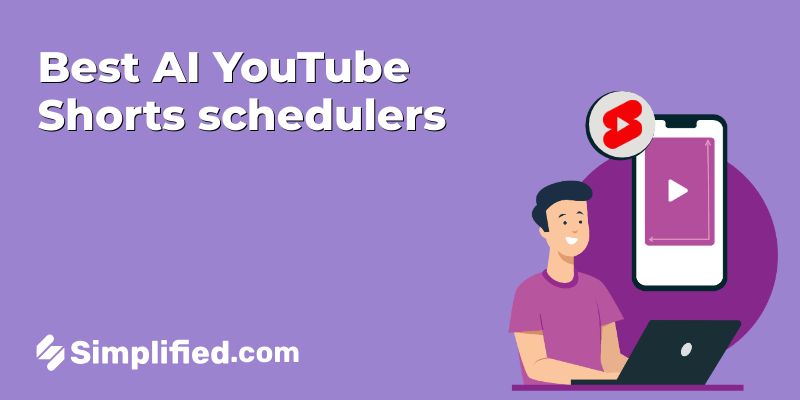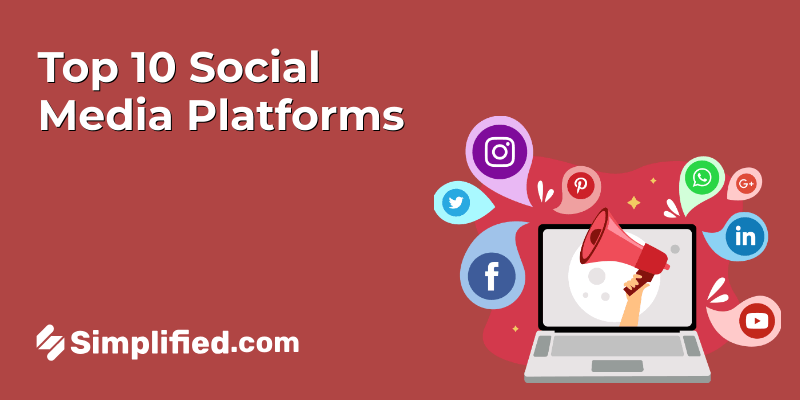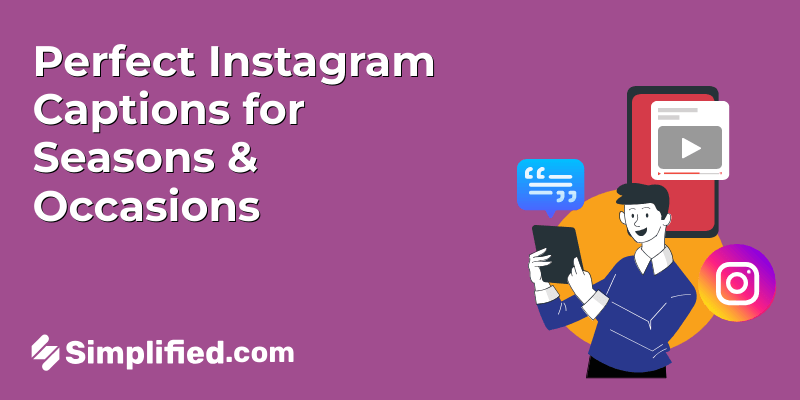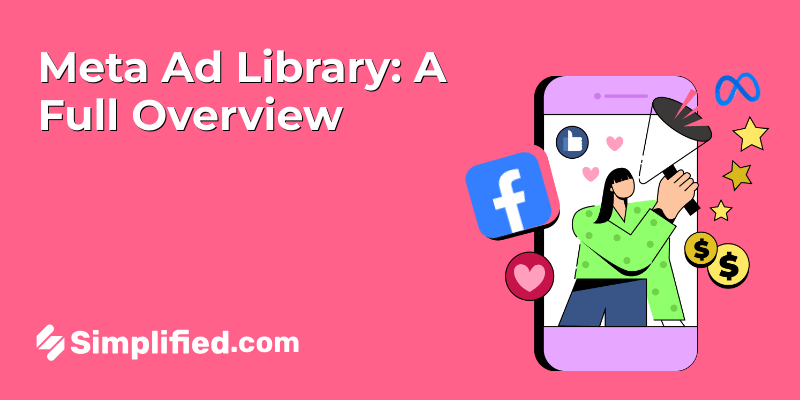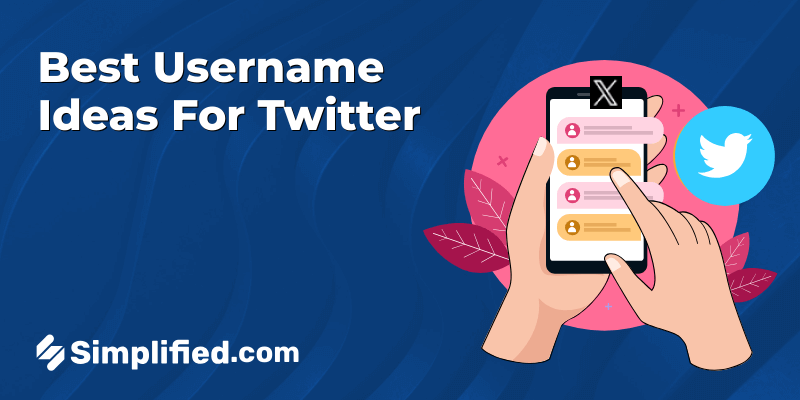
LinkedIn has become a key player in B2B marketing, with a global user base exceeding 1.2 billion as of 2025. Generating more than 50 million ad impressions each day, it provides unmatched exposure for advertisers.
Recognizing the need for transparency and competitive insight, LinkedIn introduced its Ad Library in June 2023. This tool provides marketers with access to a repository of all ads that have run on the platform, enabling them to analyze competitor strategies and refine their own campaigns .
Notably, the Ad Library has seen a 60% increase in searches within its first year, underscoring its value to marketers seeking to stay ahead in the competitive landscape .
What is the LinkedIn Ad Library?
Launched in June 2023, the LinkedIn Ad Library is a searchable archive that displays ads which have appeared on the platform. Whether you’re researching a competitor, analyzing industry trends, or studying ad design, the library gives you direct access to the creative and targeting details used by other advertisers.
Here’s what you can expect to see when browsing the LinkedIn Ad Library:
- Ad Preview – A visual of how the ad looked when published
- Ad Format – Whether it’s a single image, video, document, or carousel
- Advertiser & Payer Names – Who published and paid for the ad
- Ad Restrictions – If the ad had any targeting or compliance filters
- EU-specific Details – If the ad ran in the European Union, additional data like start and end dates, number of impressions, and targeting options are disclosed
LinkedIn updates its Ad Library within 24–48 hours of an ad going live, and changes are also reflected in near real-time. Ads are displayed for up to one year after their last impression.
📌 Note: The library is publicly accessible—no LinkedIn account required.
Why Use the LinkedIn Ad Library for Competitive Insights?
1. Benefits of Ad Transparency
LinkedIn Ad Library brings a new level of transparency to the advertising landscape. By making sponsored content accessible to the public, it allows marketers to see exactly what types of ads are being promoted on the platform. This visibility benefits everyone:
- Marketers can benchmark their messaging, design, and offers against competitors.
- Users gain a better understanding of who is advertising to them and why.
- Regulators and transparency advocates appreciate the accountability it adds to digital advertising.
This open approach helps maintain trust in the platform and encourages ethical advertising practices by discouraging misleading or deceptive ad content.
Bonus: Meta Ad Library: An In-Depth Look Into The Facebook Ad Library
2. Understanding Competitor’s Ad Strategies
Using the Ad Library, you can gain practical insights into how competitors position their brand. You can explore:
- Ad formats they’re using (video, carousel, single image)
- Message tone and call-to-actions (CTAs)
- Offers and value propositions they highlight
- Audience targeting clues, based on content themes and post timing
For example, if you notice a competitor consistently running ads with free whitepapers or webinars, it could indicate they’re focusing on lead generation in a particular segment. These details help inform your own campaign planning without relying on assumptions.
3. Ethical Considerations When Using the Data
While the Ad Library is a public resource, it’s important to use it ethically:
- Avoid direct copying of creative or copy elements. Use what you see as inspiration—not imitation.
- Respect privacy: The tool doesn’t reveal targeting details for a reason. Trying to reverse-engineer demographics can breach platform policies.
- Focus on strategy over shortcuts: Use insights to improve your brand’s direction rather than replicating others.
Ethical use of this data ensures healthy competition and upholds professional standards in digital marketing.
Bonus: 9 Tips & Tools To Write Killer Google Ads Descriptions
How to Access and Navigate the LinkedIn Ad Library
✅ Method 1: Direct Access to LinkedIn Ads Library
Step 1: Open Google and search for “LinkedIn Ads Library.” Among the top organic results, you’ll find the official LinkedIn Ads Library page.
Alternatively, use this direct link: linkedin.com/ad-library/home

Step 2: Once you’re on the library’s homepage, scroll down until you spot the “Go to LinkedIn Ads Library” button. Click this button to start browsing.
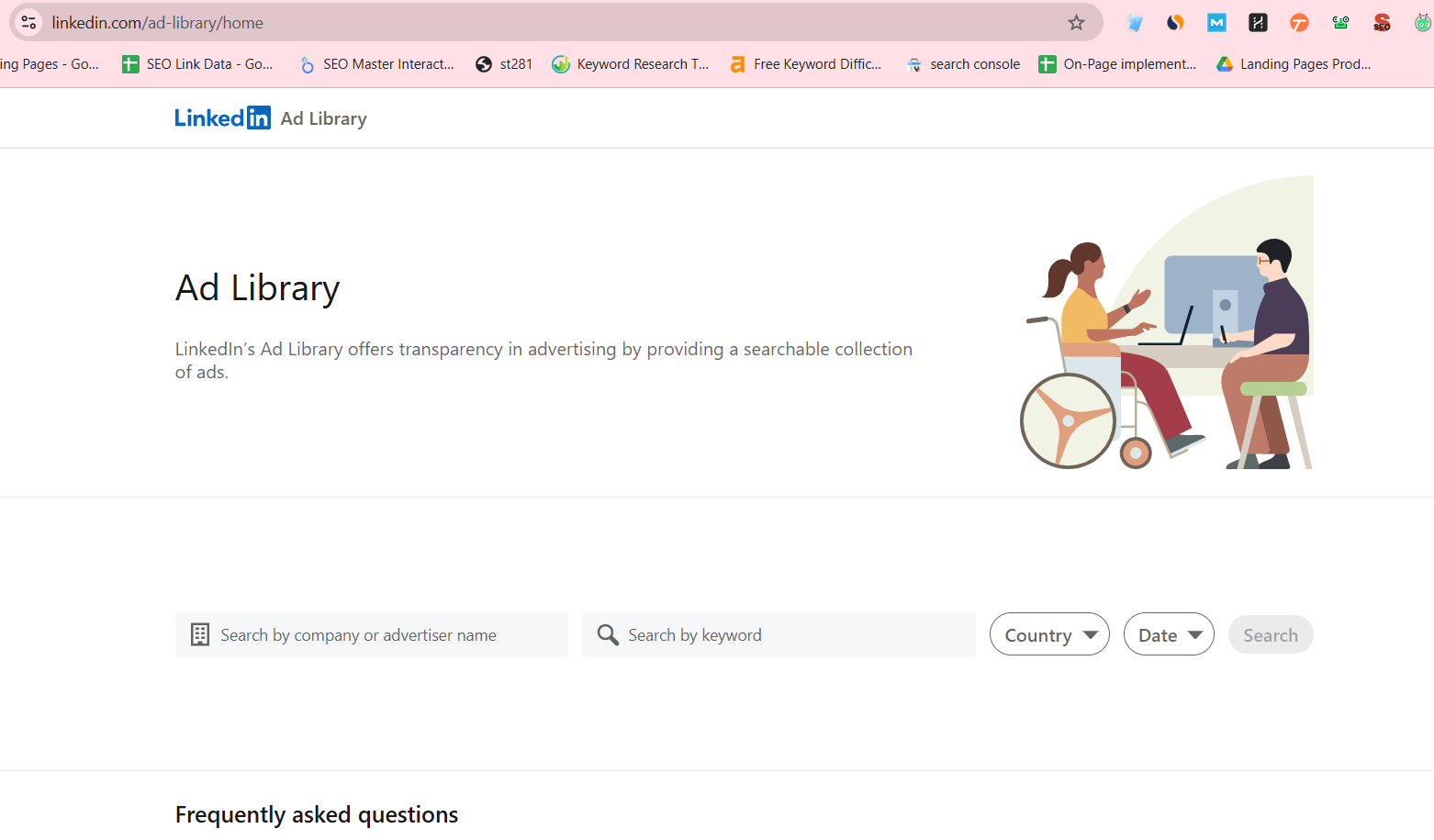
✅ Method 2: Explore Ads Through a Company’s LinkedIn Page
If you’re interested in exploring ads run by competitors like HubSpot or Slack, LinkedIn allows you to view their active campaigns directly through their company pages. Here’s how:
Step 1: Enter the competitor’s name into the LinkedIn search bar (e.g., “HubSpot” or “Slack”) and click on their Company Page from the search results.
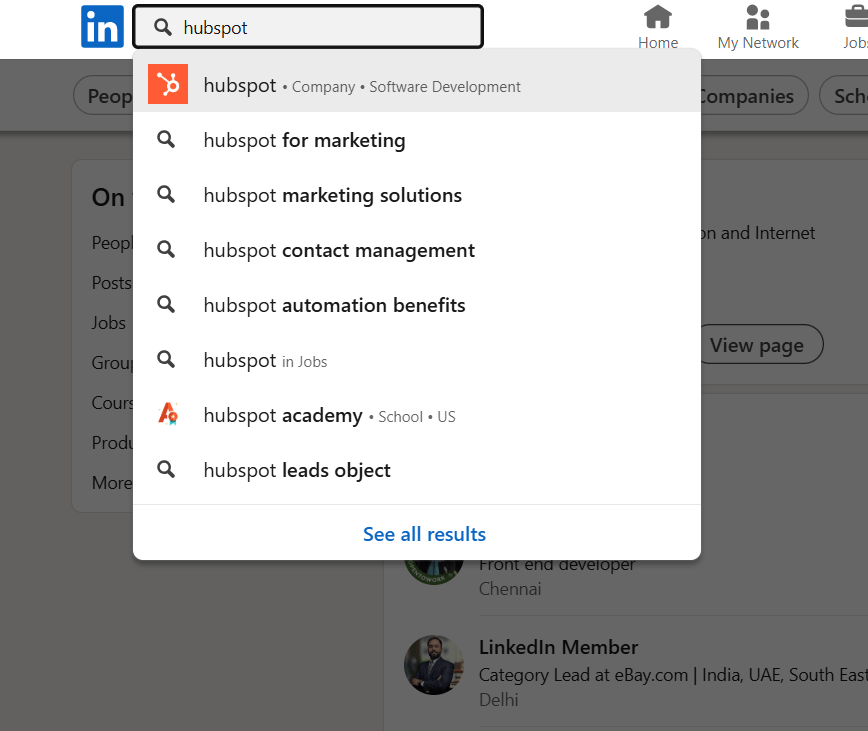
Step 2: Navigate to the Posts tab on the company’s profile to see their shared content.
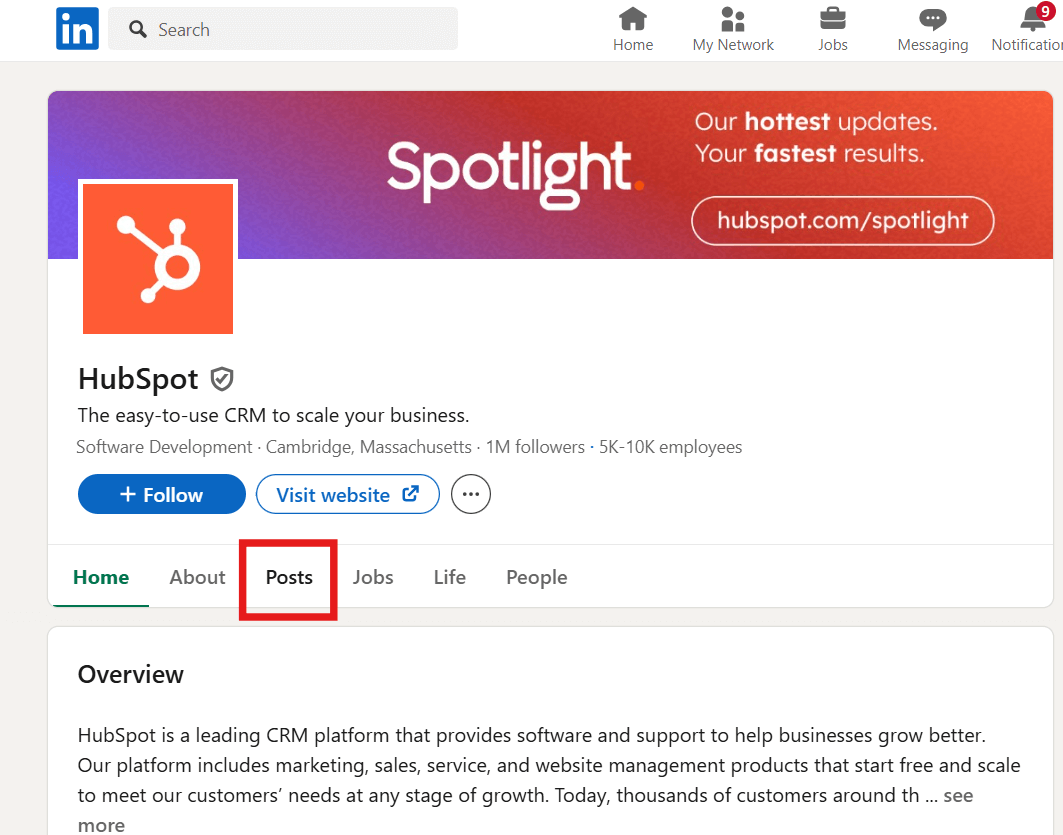
Step 3: If available, select the “View Ad Library” option within the Posts section.
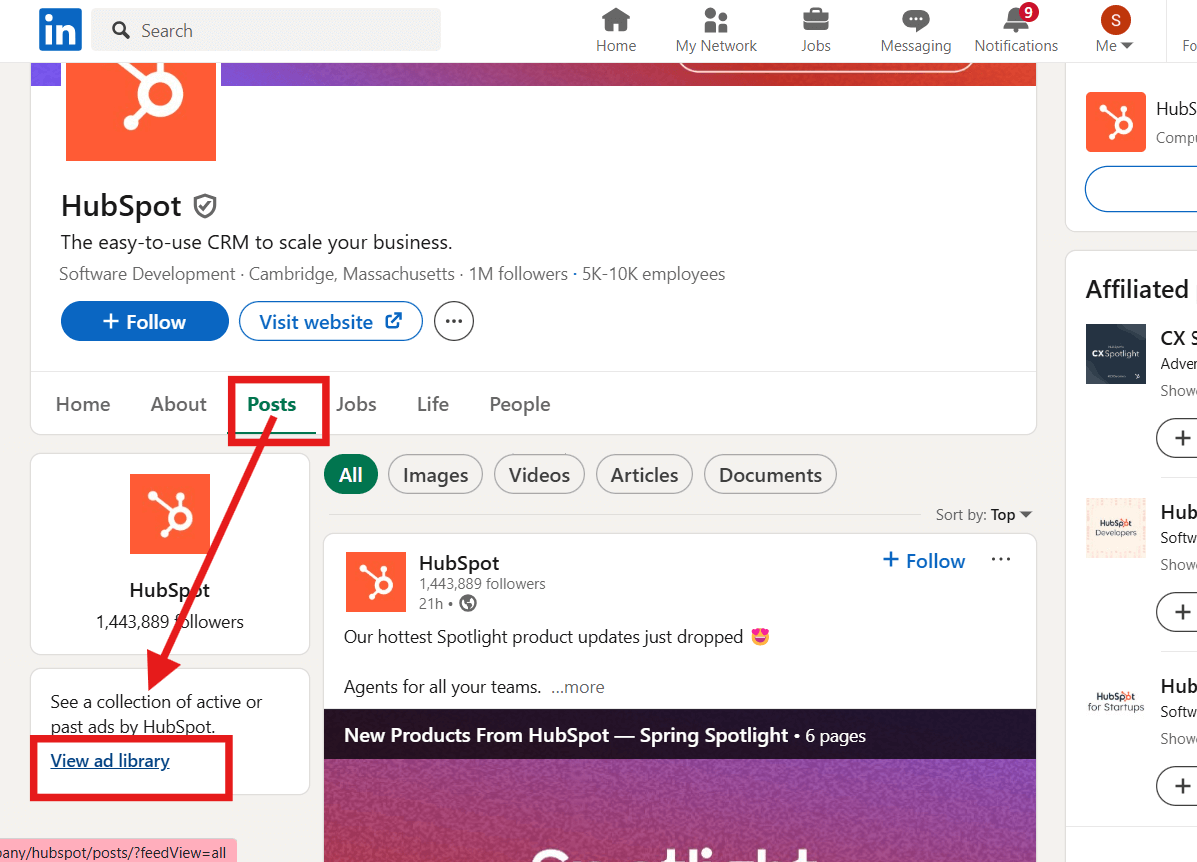
This will pull up all the currently active ads that Hubspot is running through LinkedIn.
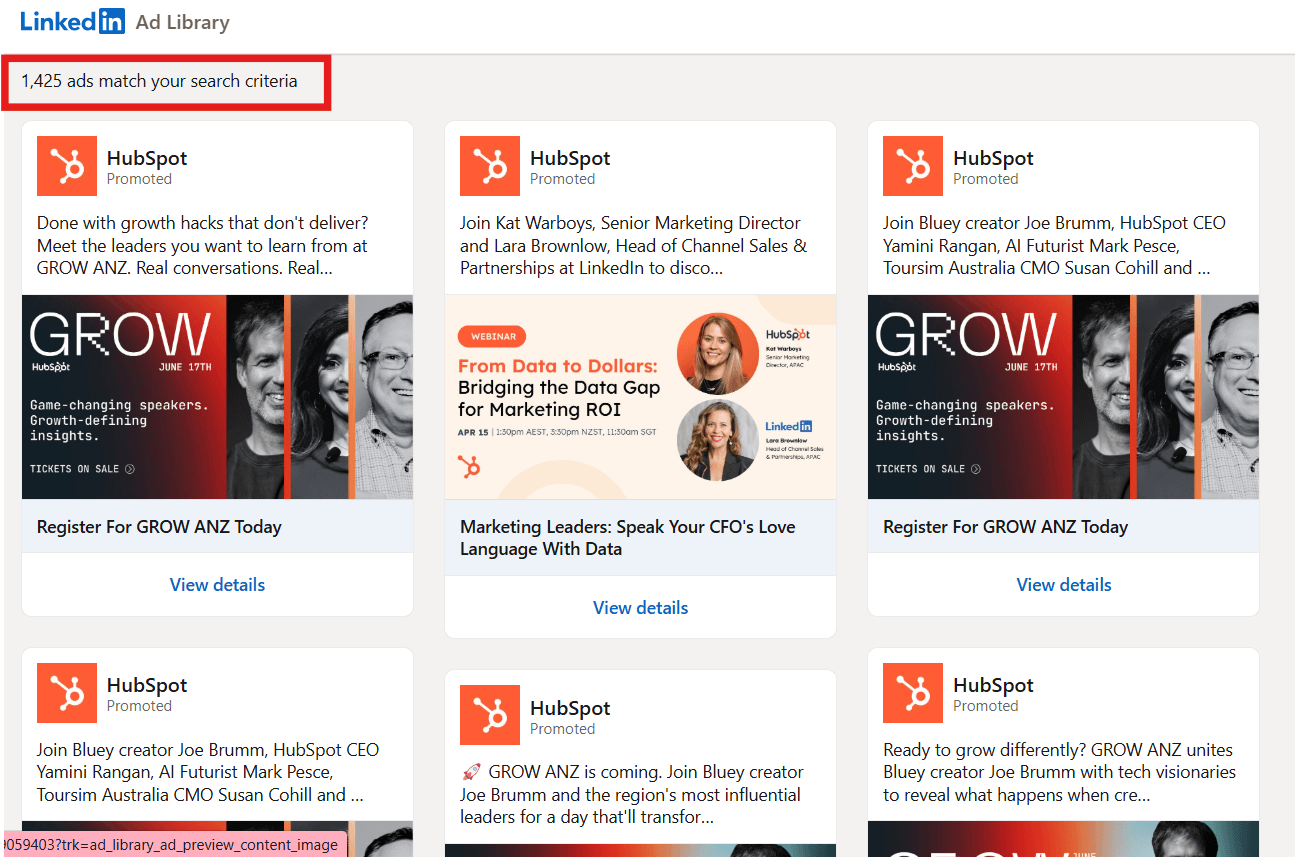
What You Can See in the Ad Library
Once you’re in the LinkedIn Ad Library, you’ll be able to explore a range of useful data points from active campaigns. Whether you’re viewing ads from HubSpot, or any other competitor, here’s what LinkedIn typically reveals:
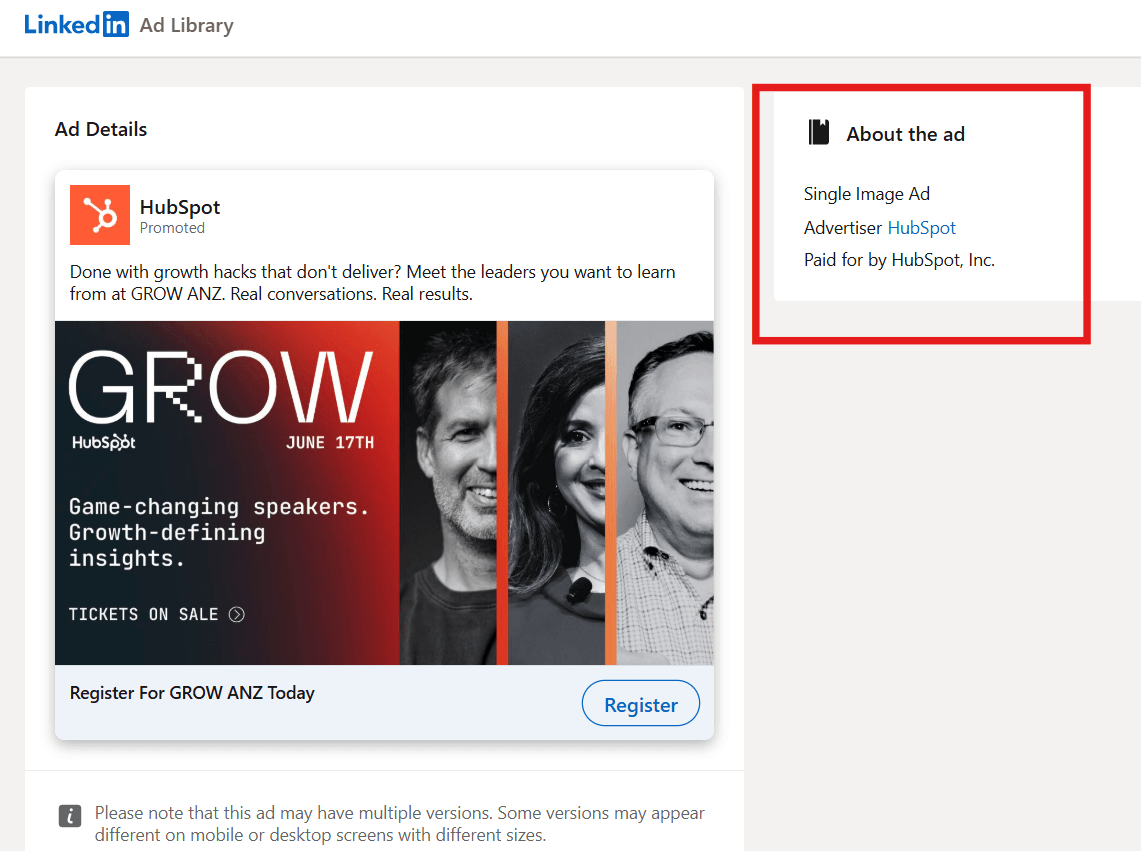
- Ad Version Notes: LinkedIn often indicates if multiple versions of the ad exist. For example:
“Some versions may appear different on mobile or desktop screens with different sizes.” - Full Ad Copy: Get access to the exact promotional messaging used. For example, HubSpot’s ad reads:
“Done with growth hacks that don’t deliver? Meet the leaders you want to learn from at GROW ANZ. Real conversations. Real results.” - Ad Format: View the type of ad being used — such as Single Image Ad, Carousel, or Video Ad. In HubSpot’s case, the ad format was listed as Single Image Ad.
- Advertiser Info: See which organization is behind the campaign. For example,
- Advertiser: HubSpot
- Paid for by: HubSpot, Inc.
- Advertiser Logo and Branding: Logos and brand names help you quickly identify the source. HubSpot’s ad includes the advertiser logo and is marked as Promoted content.
- Call-to-Action (CTA): See what action the brand is driving. Example: “Register for GROW ANZ Today” in HubSpot’s ad or “Shop Now” in a typical HubSpot product campaign.
How to Use Filters Effectively (Advertiser, Keywords, Date Range)
LinkedIn’s Ad Library offers a few useful filters that help you drill down into competitor campaigns. Here’s how you can use them effectively, using HubSpot as a real-world example:

- By Advertiser:
Let’s say you’re researching HubSpot. Type “HubSpot” in the Advertiser filter to pull all active ads currently associated with their official LinkedIn page. You’ll see campaigns promoting their CRM, events like GROW ANZ, and other resources. - By Keywords:
If you’re interested in a specific aspect of HubSpot’s campaigns—like how they promote events—you could use keywords like “event,” “webinar,” or “GROW ANZ.” This narrows the results to ads that specifically include those terms in the copy. - By Date Range:
Planning a campaign during a specific quarter? Use the Date Range filter to check what HubSpot was promoting during that time. For instance, filtering from February to April 2025 could show how they timed their GROW ANZ campaign or other seasonal efforts. - By Country:
Planning a regional campaign? Use the Country filter to view HubSpot’s ads targeted in a specific location. For instance, filtering by Australia will surface promotions like GROW ANZ, while choosing United States might show more product-centric ads.
📝 Pro Tip: When looking at HubSpot ads, also take note of repeating themes or CTAs like “Register Today” or “Get the Free Guide.” These patterns often reveal what messaging is working best.
Bonus: YouTube Shorts Vs. TikTok Ads: Where Should You Know
Key Features of the LinkedIn Ad Library
The LinkedIn Ad Library gives direct access to the active ads being run across the platform, offering valuable insights for marketers focused on competitive benchmarking and strategy development.
What Data Is Available?
Ad Formats
The library highlights various ad formats companies use to reach their audience, such as:
- Single image ads for quick click-throughs
- Carousel ads for showcasing multiple features or steps
- Video ads for brand awareness and engagement
- Event or text ads depending on the campaign objective
Ad Copy & Visuals
You’ll find the complete ad text, visuals, and calls-to-action (CTAs). These elements help identify messaging strategies and content tone that brands use to communicate with their audience.
Advertiser Attribution
See who ran the ad and who paid for it. For example:
- Advertiser: HubSpot
- Paid for by: HubSpot, Inc
This shows whether ads are managed in-house or by an external agency.
Ad Activity Status
Only active ads are listed. Once a campaign ends, it disappears from the library—making it essential to track regularly.
Language & Country Filters
You can view ads by language and country. For instance, you might notice that a brand is running English-language campaigns only in Canada and Australia, signaling a targeted regional approach.
How to Interpret the Data for Competitive Analysis
- Uncover Content Themes
Analyze messaging trends—are they pushing product features, promoting events, or offering limited-time deals? - Understand Regional Focus
Country-specific ads reveal where brands are allocating ad spend. If a company is running ads in Germany but not in the U.S., it signals a strategic market focus. - Monitor Ad Formats Used
A pattern of using video ads over image-based formats could reflect a shift in audience engagement strategy. - Compare CTAs
Do they use “Sign Up,” “Book a Demo,” or “Try Free”? These give clues about conversion goals and funnel stage targeting. - Timing and Frequency
By checking campaigns over time (using date range filters), you can spot seasonality—e.g., a burst of hiring campaign ads in Q1 or promotional pushes in Q4.
✅ Pro Tip: Document ad patterns from competitors over time. This helps you track changes in strategy, like when a brand shifts from lead gen to brand awareness.
Bonus: YouTube Shorts Ads: Campaign Structure, Bidding & Creative Tips
How Simplified Helps You Create Standout Ads After Competitor Analysis
Analyzing your competitor’s LinkedIn ads is just the first step—building something better comes next. That’s where Simplified makes a real difference.
Here’s how:
AI Ad Generator
After reviewing ads in the LinkedIn Ad Library, you can use AI Ads Generator to write your own. Enter basic information like your product details and campaign goals, and the tool will create LinkedIn ad copy based on what you’ve observed from competitor ads—such as tone, layout, and CTAs. Whether you’re creating a single image ad or a carousel, it helps you shape ad copy that fits your format and intent without needing to write it from scratch.
Professionally Designed Ad Templates
Instead of starting from scratch, choose from thousands of ready-made ad templates designed specifically for LinkedIn. Customize them to fit your brand identity and adapt them based on visual elements you’ve observed in successful competitor campaigns.
Create Videos & Carousels Quickly
Found a competitor video ad that’s generating buzz? You can easily build your own using Simplified’s drag-and-drop video editor. Create custom animations, transitions, and CTA overlays—no editing skills needed.
Collaborate and Optimize
Bring your marketing team together to review ad drafts, leave feedback in real time, and publish your final creatives—all from one shared workspace. You can run A/B tests for different ad versions without bouncing between platforms.
From Insights to Impact
Whether you’re working solo or with a team, Simplified helps you close the gap between competitor insights and your next standout LinkedIn campaign—faster.
Pro Tip: After studying top ads in the LinkedIn Ad Library, plug those insights into Simplified to instantly build a test-ready ad set that’s aligned with what works—but true to your unique brand voice.
Conclusion
The LinkedIn Ad Library isn’t just a transparency tool—it’s a powerful resource for gaining real-time insight into your competitors’ marketing strategies. From ad formats and messaging to geographic targeting and CTAs, the data helps you stay informed and responsive.
By analyzing this information thoughtfully—and ethically—you can refine your own campaigns, test smarter strategies, and make better advertising decisions.
Whether you’re a startup breaking into a competitive market or an established brand looking to refresh your LinkedIn presence, the Ad Library offers the visibility you need to stay ahead.


